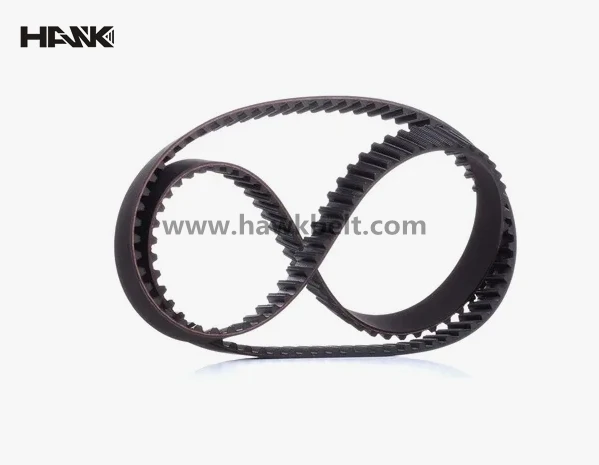- Arabic
- French
- Russian
- Spanish
- Portuguese
- Turkish
- Armenian
- English
- Albanian
- Amharic
- Azerbaijani
- Basque
- Belarusian
- Bengali
- Bosnian
- Bulgarian
- Catalan
- Cebuano
- Corsican
- Croatian
- Czech
- Danish
- Dutch
- Afrikaans
- Esperanto
- Estonian
- Finnish
- Frisian
- Galician
- Georgian
- German
- Greek
- Gujarati
- Haitian Creole
- hausa
- hawaiian
- Hebrew
- Hindi
- Miao
- Hungarian
- Icelandic
- igbo
- Indonesian
- irish
- Italian
- Japanese
- Javanese
- Kannada
- kazakh
- Khmer
- Rwandese
- Korean
- Kurdish
- Kyrgyz
- Lao
- Latin
- Latvian
- Lithuanian
- Luxembourgish
- Macedonian
- Malgashi
- Malay
- Malayalam
- Maltese
- Maori
- Marathi
- Mongolian
- Myanmar
- Nepali
- Norwegian
- Norwegian
- Occitan
- Pashto
- Persian
- Polish
- Punjabi
- Romanian
- Samoan
- Scottish Gaelic
- Serbian
- Sesotho
- Shona
- Sindhi
- Sinhala
- Slovak
- Slovenian
- Somali
- Sundanese
- Swahili
- Swedish
- Tagalog
- Tajik
- Tamil
- Tatar
- Telugu
- Thai
- Turkmen
- Ukrainian
- Urdu
- Uighur
- Uzbek
- Vietnamese
- Welsh
- Bantu
- Yiddish
- Yoruba
- Zulu
Feb . 13, 2025 15:31 Back to list
timing belt and timing chain
When it comes to the essential components of an engine, few parts hold as much significance on both performance and preservation as the timing belt and timing chain. These two components, while often discussed interchangeably, are distinct in their construction, maintenance requirements, and impacts on an engine's function. For vehicle owners, understanding the differences between a timing belt and a timing chain can not only preserve the lifespan of their engine but also optimize performance and potentially save on costly repairs.
For consumers, understanding these differences offers a significant advantage. A timing belt’s failure could lead to severe engine damage if not replaced at proper intervals, making scheduled checks essential for any maintenance routine. Meanwhile, timing chains, while robust, require a different awareness - listening for unusual sounds or being mindful of engine performance changes that might indicate wear. Manufacturers, aware of these distinctions, design engines accordingly, balancing performance, cost, and expected lifespan. Consulting the vehicle's manual and discussing with experienced mechanics can provide insights tailored to one's specific engine setup. In terms of selection, choosing between a vehicle with a timing belt and one with a timing chain can depend on multiple factors including driving habits, maintenance capability, and performance needs. As vehicle technology evolves, innovations such as chain tensioners and advances in materials may shift conventional wisdom regarding these components. Nevertheless, the underlying dynamics of timing belts and chains remain an exemplary exploration into balancing mechanics with functionality—a testament to engineering precision. Whether for everyday driving or high-performance situations, these components are vital to the engine's orchestration. Their roles underscore the importance of informed maintenance choices, ensuring that engines do live up to their designed performance while steering clear of untimely and often expensive failures. Thus, understanding timing belts and chains is crucial, ensuring informed decisions both mechanically and economically, enhancing longevity and reliability of vehicle engines.


For consumers, understanding these differences offers a significant advantage. A timing belt’s failure could lead to severe engine damage if not replaced at proper intervals, making scheduled checks essential for any maintenance routine. Meanwhile, timing chains, while robust, require a different awareness - listening for unusual sounds or being mindful of engine performance changes that might indicate wear. Manufacturers, aware of these distinctions, design engines accordingly, balancing performance, cost, and expected lifespan. Consulting the vehicle's manual and discussing with experienced mechanics can provide insights tailored to one's specific engine setup. In terms of selection, choosing between a vehicle with a timing belt and one with a timing chain can depend on multiple factors including driving habits, maintenance capability, and performance needs. As vehicle technology evolves, innovations such as chain tensioners and advances in materials may shift conventional wisdom regarding these components. Nevertheless, the underlying dynamics of timing belts and chains remain an exemplary exploration into balancing mechanics with functionality—a testament to engineering precision. Whether for everyday driving or high-performance situations, these components are vital to the engine's orchestration. Their roles underscore the importance of informed maintenance choices, ensuring that engines do live up to their designed performance while steering clear of untimely and often expensive failures. Thus, understanding timing belts and chains is crucial, ensuring informed decisions both mechanically and economically, enhancing longevity and reliability of vehicle engines.
Share:
Latest news
-
Korean Auto Parts Timing Belt 24312-37500 For Hyundai/Kia
NewsMar.07,2025
-
7PK2300 90916-T2024 RIBBED BELT POLY V BELT PK BELT
NewsMar.07,2025
-
Chinese Auto Belt Factory 310-2M-22 For BMW/Mercedes-Benz
NewsMar.07,2025
-
Chinese Auto Belt Factory 310-2M-22 For BMW/Mercedes-Benz
NewsMar.07,2025
-
90916-02660 PK Belt 6PK1680 For Toyota
NewsMar.07,2025
-
drive belt serpentine belt
NewsMar.07,2025

